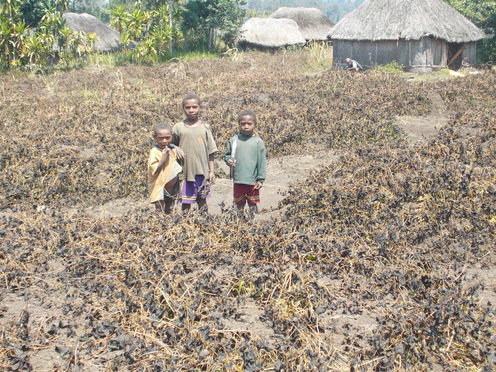On 5 August 2015, a contractor working for the Environmental Protection Agency (EPA) accidentally breached a plug of waste rock at the Gold King Mine near Silverton, Colorado. Unbeknownst to the backhoe operator responsible for the breach, the plug was holding back three million gallons of acid mine drainage laced with numerous toxic metals such as zinc, cadmium, mercury, lead, and arsenic. Within hours, the yellow-tinged toxic waters from the Gold King Mine spread downstream from Cement Creek into the Animas River, eventually making their way into the San Juan River until being diluted by their entry into the Colorado River. En route, the waters heavily impacted the livelihoods of farmers, fly fishing guides, and rafting companies from Durango, Colorado, to the Navajo Nation in northern New Mexico.
Read More “Abandoned Mine Lands and Collective Cleanup Efforts”


